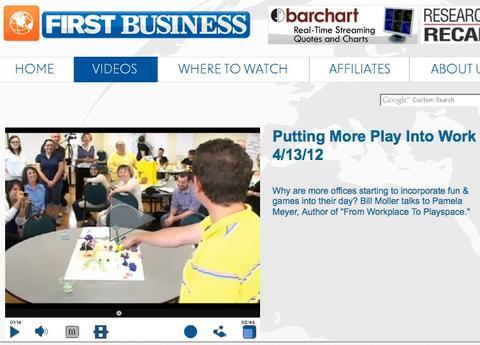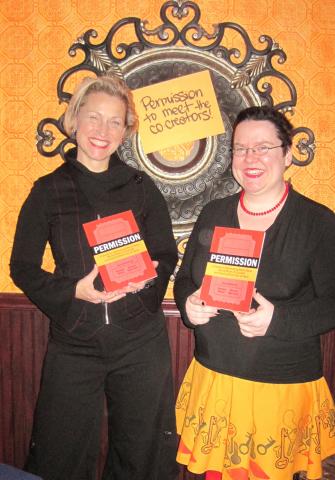 Written by Pamela Meyer, PhD
Written by Pamela Meyer, PhD
By now, VUCA is a common language for the Volatility, Uncertainty, Complexity, and Ambiguity of business. The term originated at the US Army War College to describe the changing conditions on the battlefield, and its wider usage now serves as a call to action for all who wish to be more agile and effective in an increasingly complex global world.
How should we prepare the workforce?
It would be a mistake to lump all aspects of VUCA together, as volatility calls for a different response than ambiguity. Yet, when it comes to developing employees who perform effectively amid the unplanned and unexpected, there is a universal need to shift the way we prepare the workforce.
Most employee development strategies assume a stable future and that the skills and knowledge learned today can readily apply to tomorrow’s conditions. VUCA challenges those assumptions and urgently calls for new approaches and strategies to develop employees at all levels of the organization who can learn and adapt in changing contexts—in other words, employees who are not only agile but are learning agile. Recent research on learning agility and lessons from those preparing for such diverse roles as those on SWAT teams and improv troupes can guide us in developing more agile employees and workforce.
Rather than develop competence and confidence to execute a set plan or follow a script, agile employees and individuals train to be effective in unexpected and unplanned developments. They are prepared to adjust to rapidly changing conditions. For most businesses and their employees, this represents a significant shift, one I have come to call the Agility Shift. It begins with a shift in mindset and follows through to a shift in how employees make decisions and their actions.
The Agility Shift
For film crews, SWAT, and improv teams, very little of their ability to think on their feet comes from classroom training or their formal 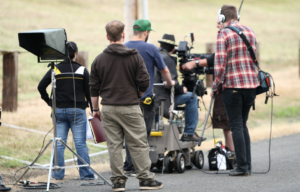 credentials. They develop their agility competence and confidence in hands-on and often high-stakes situations. Similarly, helping employees develop their agility competence and confidence requires a shift away from traditional approaches that rely primarily on pre-planned curricula, delivered via a range of onsite or online channels toward more informal learning strategies, where 70-90% of workplace learning takes place (Kim, Hagedorn, and Collins et al., 2001).
credentials. They develop their agility competence and confidence in hands-on and often high-stakes situations. Similarly, helping employees develop their agility competence and confidence requires a shift away from traditional approaches that rely primarily on pre-planned curricula, delivered via a range of onsite or online channels toward more informal learning strategies, where 70-90% of workplace learning takes place (Kim, Hagedorn, and Collins et al., 2001).
Below I highlight six of the most impactful shifts you and your learning and talent development team can make below:
1. Shift From Planning to Preparing
Most business schools and training programs are effective in helping people analyze data and develop and execute a plan. They are less successful in helping them quickly turn unexpected challenges into opportunities or improvise with available resources. VUCA conditions require a shift away from an over-reliance on the plan to one that focuses on preparing employees to think on their feet and be confident in their ability to respond to the unexpected.
Improvisers don’t rehearse because, of course, there is nothing to re-hear, but they do regularly get together to workout by playing games and improvising new scenes. SWAT teams similarly prepare for hundreds of scenarios, which expands not only their repertoire of responses but also their individual and team confidence when they encounter the completely unexpected.
2. Shift From Information to Interactions
In my work with organizations, I discovered that the agility shift also requires employees who can quickly tap their web of relationships and resources, or their “Relational Web,” to respond to new challenges and opportunities. Information is, of course, still valuable; its value, however, is realized through the interactions between and among employees as they make sense of what is happening and then decide and take action based on their sense-making. Researchers Beckey and Okhuysen’s study of film crews shows the value of the Relational Web, which includes awareness of available resources, a social-professional network, and experience. On a film shoot, time is money. With hundreds of variables on any given day, from the weather to equipment failure to illness, everyone on the crew must be prepared to adapt, switch roles, and make optimal use of available resources. The time to discover and build this Relational Web is not in the midst of a crisis but through their day-to-day interactions.
3. Shift From Command and Control to Communication, Coordination, and Collaboration
This third component of the agility shift has significant implications for employee development and even organizational structure. Agile teams and organizations do not miss opportunities or slow their response time because they are waiting for approval or waiting for someone with the correct job description to become available. Like their improvising counterparts in the theater, they communicate, coordinate, and collaborate in the present moment. This means shifting the focus of employee development from narrowly defined skills and knowledge to creating what IT consultant Scott Ambler calls “generalizing specialists” (2014) who can communicate, collaborate, and coordinate whenever and with whomever to respond to unpredictable challenges and opportunities as they arise.
4. Share Responsibility for Learning and Agile Employee Development
In addition to the mindset and strategy shift described above, the agility shift also requires that the responsibility for learning and 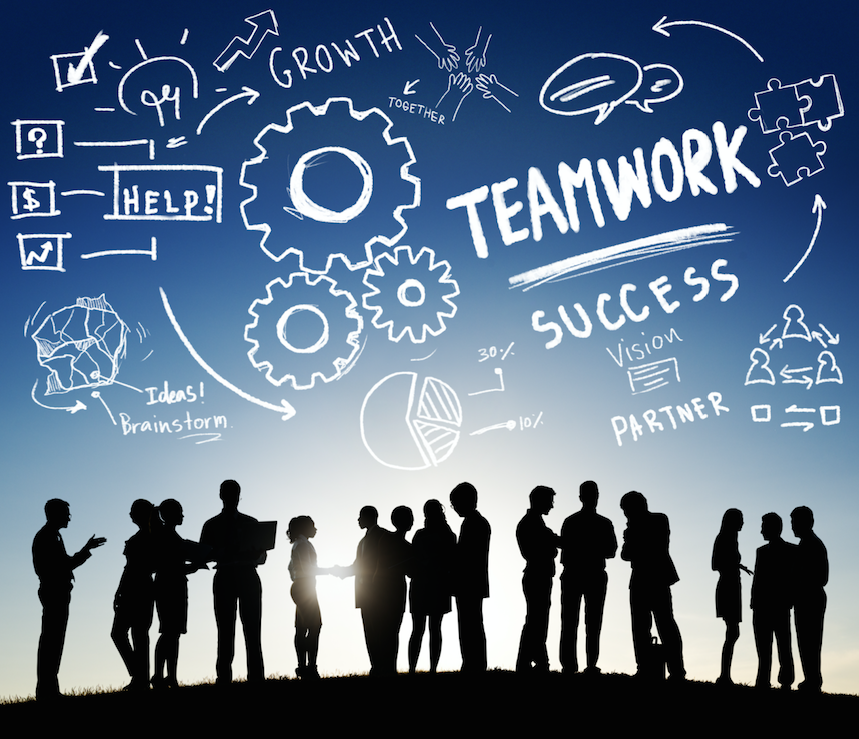 employee development be shared across organizational roles, especially by the employees. This means helping employees become more learning agile. Just as healthy people don’t abdicate responsibility for their wellness because they have access to doctors, we don’t want our employees to give up responsibility for their learning and growth because the company offers training resources.
employee development be shared across organizational roles, especially by the employees. This means helping employees become more learning agile. Just as healthy people don’t abdicate responsibility for their wellness because they have access to doctors, we don’t want our employees to give up responsibility for their learning and growth because the company offers training resources.
Learning agile employees take responsibility for their learning. They are not only effective at thinking on their feet, but they can also quickly tap their prior experience to succeed in new and unfamiliar situations. This ability first gained the attention of Morgan McCall, Michael Lombardo, and Ann Morrison in the late 80s when they studied the significant learning experiences of more than 190 executives. They found that the key to success within a complex organization was managing something new without having to master it first (McCall, Morgan, and Lombardo, 1988). Learning agility is now widely cited as a critical success factor for long-term leadership success (De Meuse, Dai, and Hallenbeck, 2010).
5. Shift From Formal to Informal Development Strategies
Coach employees to seek out stretch opportunities. Studies of successful executives highlight the value of taking on new roles that stretch employees outside of their comfort zone. These can include expanded responsibilities, a broader scope of current responsibilities (e.g., from managing a team to a full department or a distributed global team), and/or working in a new culture.
6. Shift From Planning and Analysis to Rapid Prototyping
You don’t need to be a software developer to experiment with some of the concepts of agile methodology. Many organizations, such as Ericsson, use lessons from agile methodologies to shorten product development time and increase profits.
Rather than develop a detailed plan upfront, agile developers collaborate with their customers (who may be internal) to agree on the objectives and prioritize product features. They then move into action in short work cycles to get working versions of the product (idea, project) into the hands of the customer or end-user as soon as possible to test, setting in motion an action-feedback cycle that greatly reduces the implementation time.
Shifting your employee development strategies must include a shift in how and what you recognize and reward. The best success indicator for the agile employee is not only whether or not they meet their sales goals or implement the strategic plan effectively, but it is also how effective they are when things don’t go as planned or when they are thrown into a new situation with little or no preparation. By including indicators of agile performance in your evaluation and recognition programs, you will reinforce the mindset and behavior shift needed for success in a VUCA world.
The ideas in this article are adapted from my latest book The Agility Shift: Creating Agile Leaders, Teams and Organizations.
Ambler, Scott W. (2014). Generalizing specialists: Improving your IT career skills. Agile Modeling. Retrieved November 19, 2014, 2014, from
Bennett, Nathan, & Lemoine, G. James. (2014). What VUCA really means for you. Harvard Business Review, 92(1/2), 27.
De Meuse, Kenneth P., Dai, Guangrong, & Hallenbeck, George S. (2010). Learning agility: A construct whose time has come. Consulting Psychology Journal: Practice and Research, 62(2), 119-130. doi: 10.1037/a0019988
Kim, K., Hagedorn, Collins, Williamson, J., & Chapman, C. (2004). Participation in Adult Education and Lifelong Learning: 2000–01. Washington, D.C.: U.S. Department of Education, National Center for Education Statistics.
McCall, Morgan W., Lombardo, Michael M., & Morrison, Ann M. (1988). Lessons of experience: How successful executives develop on the job. Lexington, MA: Lexington Books.
Mitchinson, Adam, & Morris, Robert (2012). Learning about learning agility. Greensboro, NC: Center for Creative Leadership, Teachers College Columbia University.



 Are you and your workforce able to move quickly with the needs of the market?
Are you and your workforce able to move quickly with the needs of the market? need. Similarly, your workforce is ready when it can rapidly mobilize to respond to a new opportunity, a shift in the market, or even a crisis.
need. Similarly, your workforce is ready when it can rapidly mobilize to respond to a new opportunity, a shift in the market, or even a crisis.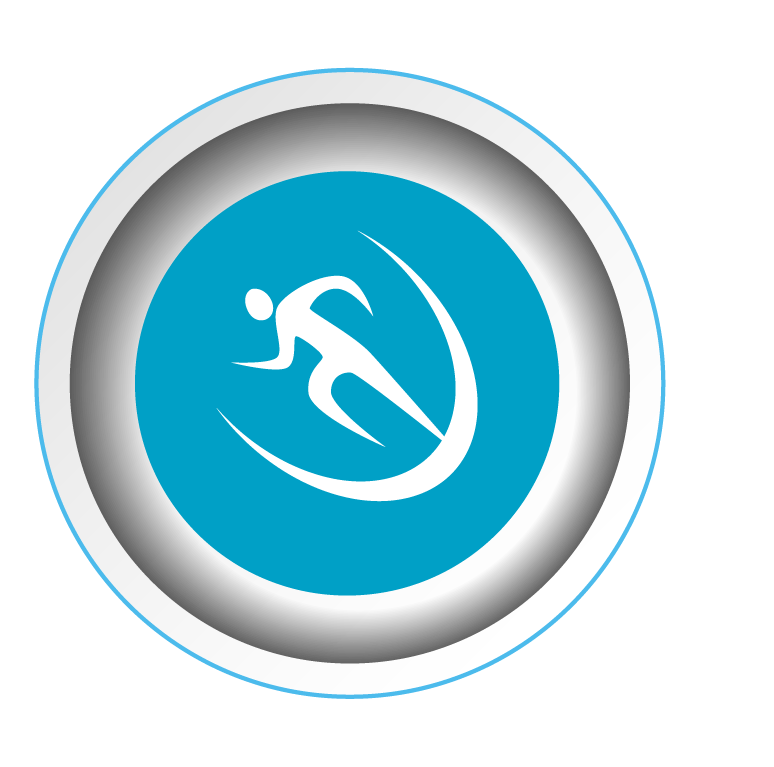

 Does your organization have access to a diverse network of skills, knowledge, talent, and resources to respond to opportunities and challenges as they arise?
Does your organization have access to a diverse network of skills, knowledge, talent, and resources to respond to opportunities and challenges as they arise?
 One of the most effective ways to ensure the capacity to make those adjustments while making forward progress is to weave a robust
One of the most effective ways to ensure the capacity to make those adjustments while making forward progress is to weave a robust 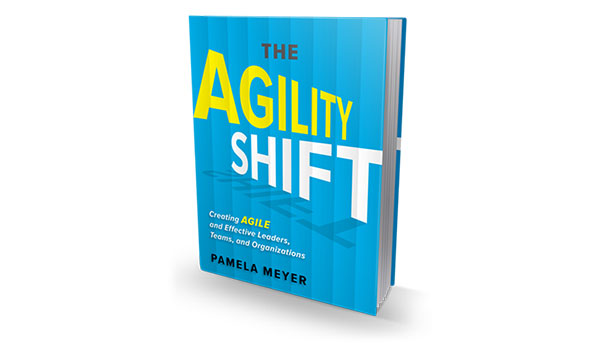
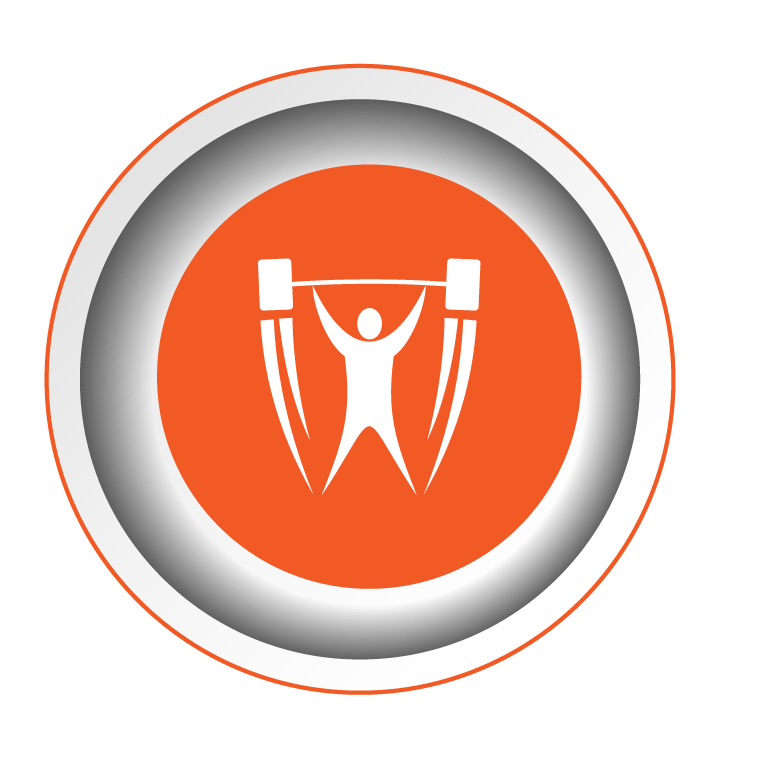
 book,
book, 
 Have you developed the competence and capacity to adapt when things don’t go as planned?
Have you developed the competence and capacity to adapt when things don’t go as planned?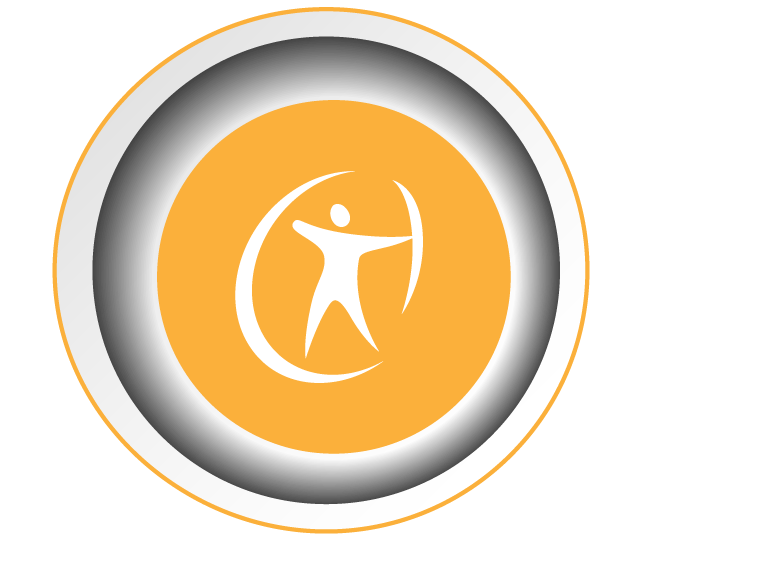 One of the best ways to improve collaboration and flexibility only takes a few minutes. Try it the next time you meet with your team. Kick off your meeting with a quick
One of the best ways to improve collaboration and flexibility only takes a few minutes. Try it the next time you meet with your team. Kick off your meeting with a quick





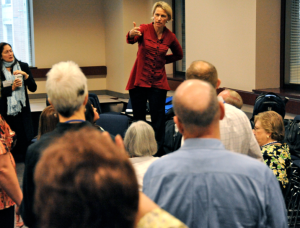 The good news is that for those that develop this sense of urgency, the success rate may be as high as 75% (Kotter, 2006). As you look ahead to all you want to create and accomplish in the new year, take time to engage your colleagues’ hearts and minds in the urgent need to develop organization-wide competence, capacity and confidence to execute your strategy with agility.
The good news is that for those that develop this sense of urgency, the success rate may be as high as 75% (Kotter, 2006). As you look ahead to all you want to create and accomplish in the new year, take time to engage your colleagues’ hearts and minds in the urgent need to develop organization-wide competence, capacity and confidence to execute your strategy with agility.
 Give a Stretch Experience
Give a Stretch Experience
 Give The Agility Shift to Your Team
Give The Agility Shift to Your Team

